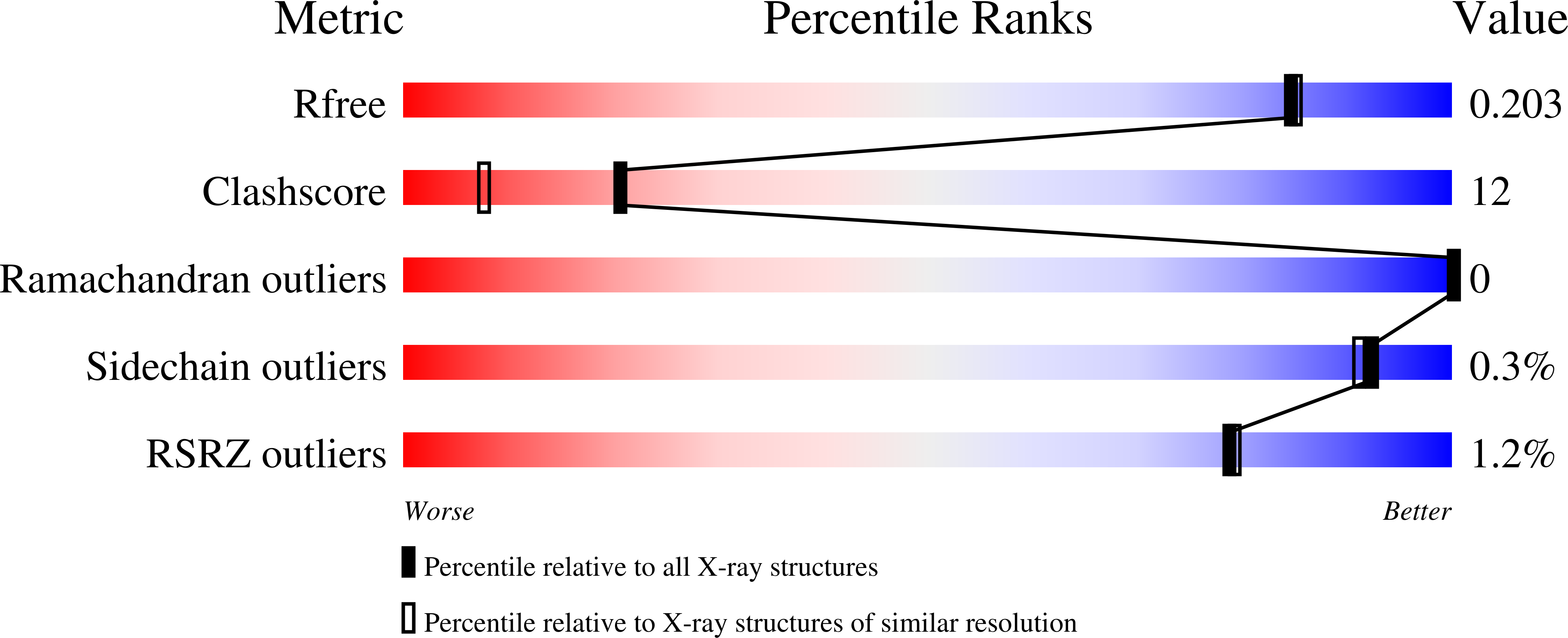
Deposition Date
2021-02-12
Release Date
2021-07-14
Last Version Date
2024-11-20
Entry Detail
Biological Source:
Source Organism:
Rubrobacter radiotolerans (Taxon ID: 42256)
Host Organism:
Method Details:
Experimental Method:
Resolution:
1.85 Å
R-Value Free:
0.20
R-Value Work:
0.17
R-Value Observed:
0.17
Space Group:
P 2 21 21


